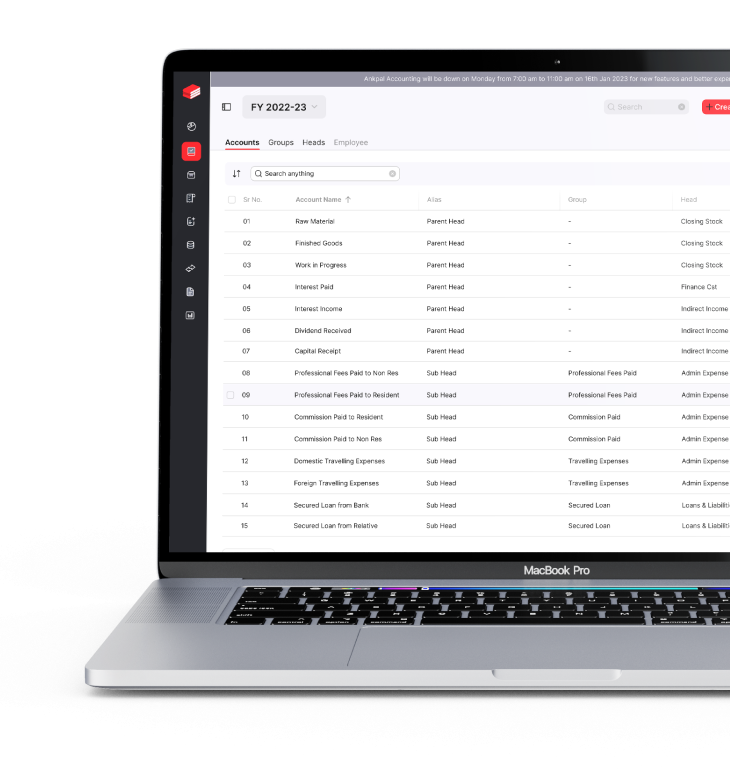
Assets are items acquired and owned to pay off debts and obligations. These resources are valuable and beneficial, and they are necessary for the efficient operation of the company. Based on their liquidity and duration, they can be divided into fixed assets and current assets, which might include everything from purchasing a building to unsold items. In order for a firm to fulfill its obligations and reap the rewards of its investments, it must have valuable assets. Here we will discuss everything we need to know about current assets.
What Are Current Assets?
Publicly- owned corporations must adhere to accounting standards and reporting guidelines to provide transparent financial statements with particular line items. One of the most important statements is the balance sheet which consists of assets, liabilities, and shareholders' equity. Through accounting software features and functions, this can be done with accuracy and ease. Current assets, sub-accounts, are essential for investors since they display the company's current liquidity. For instance, ₹75 crore in current assets of a company with one year of liquidity are listed on its balance sheet. This short-term liquidity is essential for the company to meet its obligations immediately and sell assets if necessary. Crude oil barrels, raw minerals, and foreign money are all examples of current assets.
Types Of Current Assets
1. Prepaid Liabilities/Expenses
Advance payments made by a business for upcoming products and services are referred to as prepaid expenses and are counted as current assets. These payments free up funds that can be used for contractors or other purposes, like insurance.
2. Accounts Receivable
The amount of money owing to a business for delivering goods or services that consumers still need to pay for is known as accounts receivable. They are recorded as current assets if they are anticipated to be paid within a year. Nevertheless, some receivables could not be included if a company offers lengthier loan terms.
3. Marketable Securities
The total value of liquid investments that may be easily changed to cash without losing any of their market value is represented by marketable securities accounts. For example, shares of a low-volume corporation can not be liquid and hence not be included in the Current Assets account.
4. Cash And Cash Equivalents
Assets in the Current Assets account must be cash or have a quick cash conversion rate by definition. Treasury bills, money market funds, short-term bonds, and certificates of deposit are all examples of cash equivalents. These assets must not be subject to any restrictions limiting their ability to be liquidated to qualify as current assets.
5. Inventory
Inventory, which includes unfinished goods, components, and raw materials, is accounted for in current assets. Nevertheless, accounting procedures might change inventory depending on the product and industrial area, making it less liquid than other eligible current assets. Working capital is also impeded by inventory in some businesses because unforeseen demand changes might cause a backlog. Companies must use the best accounting software for manufacturing businesses to avoid this.
Examples Of Current Assets Used By:
Investors And Creditors
The total current assets statistic, which depicts the company's cash and liquidity position, is essential for management's day-to-day operations. It enables management to reallocate and sell assets if necessary to keep the business running. In order to determine if a company can meet its obligations, creditors and investors keep a close eye on the Current Assets account. Financial indicators called liquidity ratios are used to assess a debtor's capacity to settle existing debt obligations without having to raise additional money.
Logistics
The current asset in logistics refers to any properties or assets of any firm in the Logistics Group, as well as any foreseeable expansions thereof, that are owned, leased, or required for the functioning of the business.
Manufacturer
Manufacturers categorize their assets into three categories: current, fixed, and other assets. Current assets for manufacturing companies typically include raw materials, work-in-progress, and finished goods, all categorized as inventory. The best accounting software for manufacturing businesses helps to monitor all of them.
Conclusion
The Current Assets account on the balance sheet of a publicly traded corporation typically lists current assets, which are assets a company can convert to cash within a year. Sub-accounts for these assets include Cash and Cash Equivalents, Marketable Securities, Accounts Receivable, Inventory, and Other Liquid Assets.








